Pressure Switches
4000 INR/Piece
Product Details:
- Mechanical Life 1 Years
- Product Type Pressure Switch
- Application Industrial
- Size Standard
- Color Black
- Warranty 1 Year
- Click to View more
X
Pressure Switches Price And Quantity
- 4000 INR/Piece
- 10 Piece
- 4000.00 - 50000.00 INR/Piece
Pressure Switches Product Specifications
- Pressure Switch
- 1 Years
- Black
- Industrial
- Standard
- 1 Year
Pressure Switches Trade Information
- 7 Days
Product Description
In the intricate dance of industrial machinery, where precision meets performance, our Pressure Switch emerges as the choreographer, orchestrating the seamless rhythm of operations with finesse and accuracy. Imagine a conductor, poised at the helm, ready to respond to the slightest change in pressure with expert precision. With its advanced sensing technology and robust construction, our Pressure Switch serves as the maestro of control, ensuring the perfect balance between safety and efficiency in your systems.
But our switch is more than just a sensor; it's a guardian of reliability and peace of mind. Like a vigilant sentinel, it stands ready to detect and respond to pressure variations with lightning speed, preventing disruptions and safeguarding against potential damage.Picture the scene: as pressures fluctuate within your system, our Pressure Switch acts as a beacon of reassurance, a testament to the craftsmanship and dedication to excellence that define our brand.
But beyond its practicality lies its beauty a beauty born from functionality, where every component and detail is meticulously crafted to ensure maximum effectiveness and reliability.
So, as you navigate the complex landscape of industrial operations, let our Pressure Switch be your trusted ally, providing the ultimate control and assurance in pressure regulation and ensuring the seamless harmony of your machinery's performance.
FAQ of Pressure Switch ?
1. What is a pressure switch, and how does it function?
A pressure switch is an electromechanical device used to monitor pressure levels in fluid systems. It consists of a sensing element that reacts to changes in pressure and a switch mechanism that opens or closes electrical contacts based on preset pressure thresholds. When the pressure reaches a certain point, the switch actuates, signaling the pressure has reached the desired level.
2. Where are pressure switches commonly applied?
Pressure switches have diverse applications across industries such as manufacturing, automotive, HVAC, aerospace, and oil and gas. They are used in various systems including hydraulic and pneumatic systems, water pumps, air compressors, boilers, and refrigeration systems to monitor pressure, trigger control actions, or activate safety measures.
3. What are the different types of pressure switches available?
Pressure switches come in various types, including diaphragm, bellows, piston, and semiconductor-based switches. Each type utilizes different sensing mechanisms and is suitable for specific pressure ranges, fluid types, and environmental conditions. Diaphragm switches, for example, are commonly used for air and gas applications, while bellows switches are preferred for corrosive liquids.
4. How do I set up and adjust a pressure switch for my system?
Setting up and adjusting a pressure switch involves configuring the switch's setpoint and hysteresis to match the requirements of the application. Typically, this is done by adjusting the set screws or knobs on the switch housing according to the manufacturer's guidelines. Proper calibration ensures accurate pressure sensing and reliable operation of the system.
5. What maintenance is required for pressure switches, and how often should it be performed?
Regular maintenance is essential to ensure the continued reliability and accuracy of pressure switches. This may include visual inspection for signs of damage or wear, checking electrical connections, and verifying pressure setpoints. The frequency of maintenance depends on factors such as the operating environment, system criticality, and manufacturer recommendations, but it's typically performed on a scheduled basis to prevent unexpected failures.
Tell us about your requirement

Price:
Quantity
Select Unit
- 50
- 100
- 200
- 250
- 500
- 1000+
Additional detail
Mobile number
Email


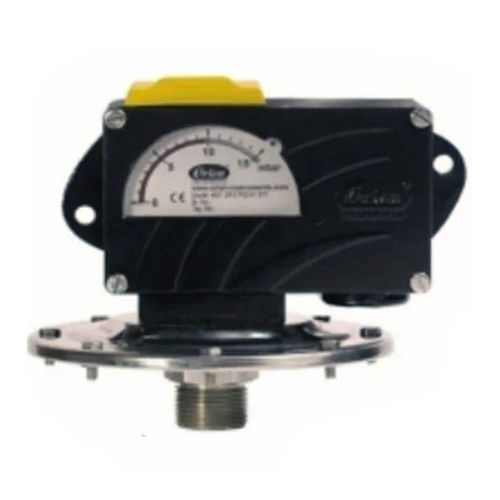

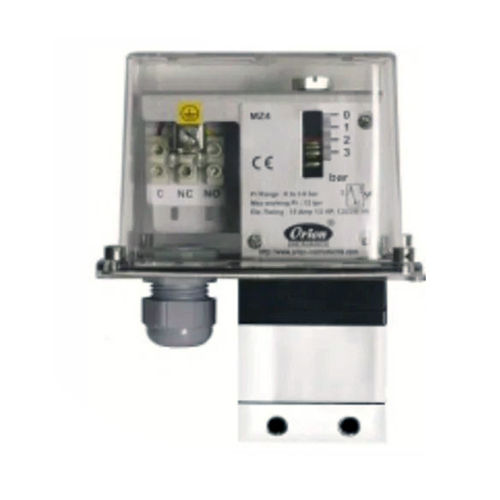
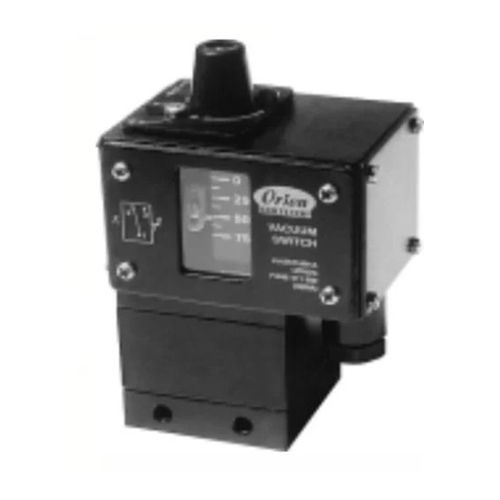
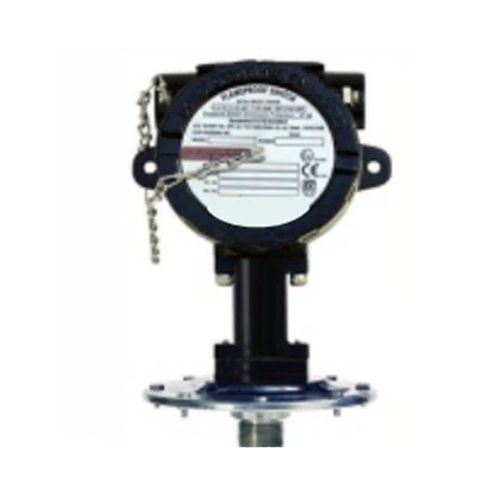
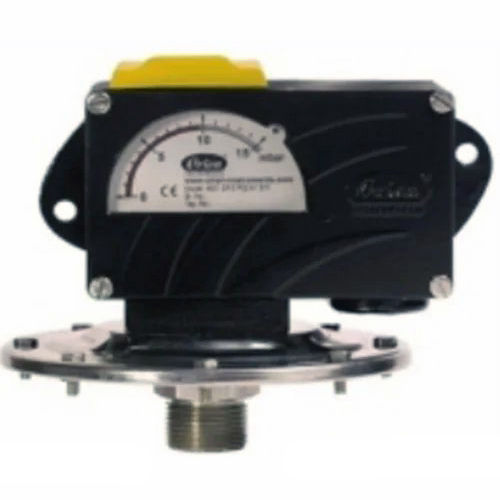

 English
English Spanish
Spanish French
French German
German Italian
Italian Chinese (Simplified)
Chinese (Simplified) Japanese
Japanese Korean
Korean Arabic
Arabic Portuguese
Portuguese